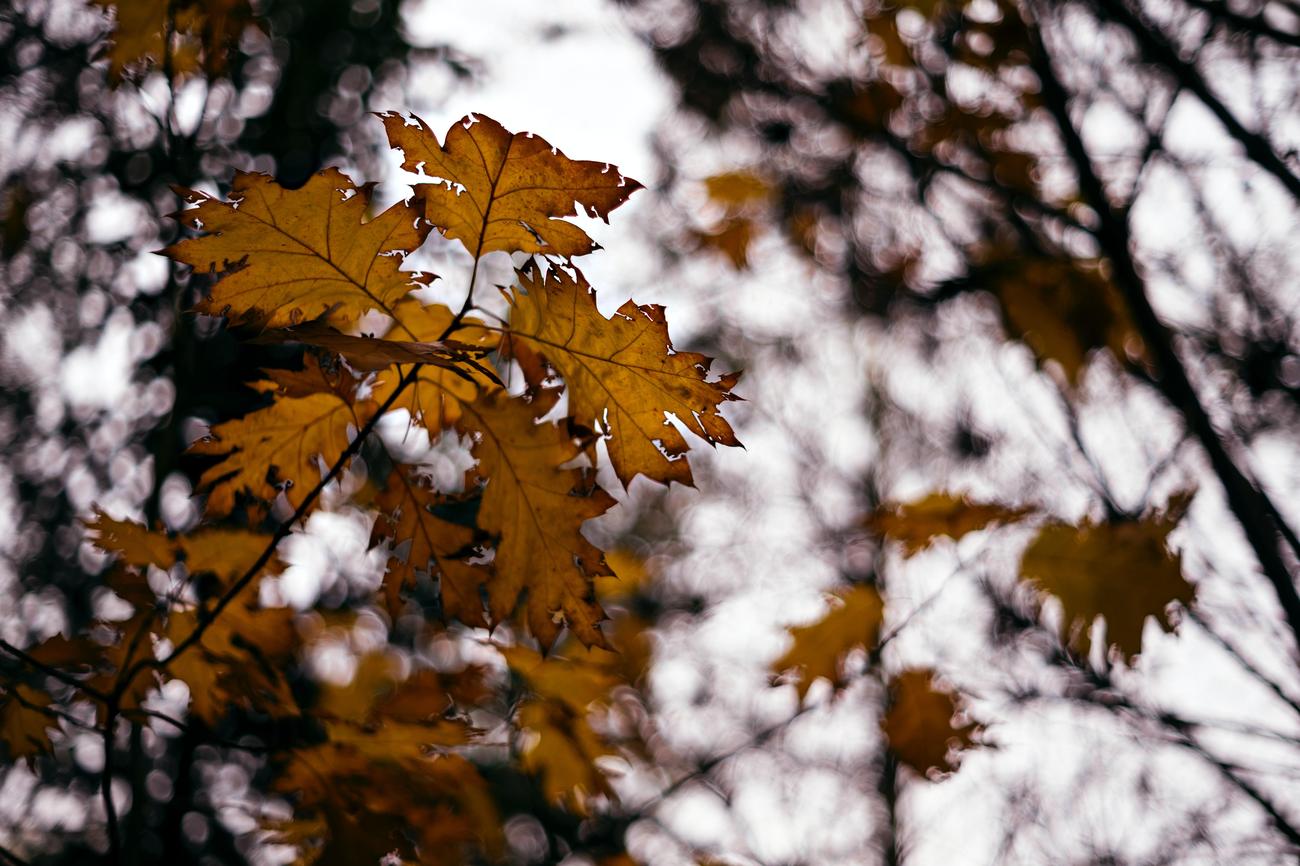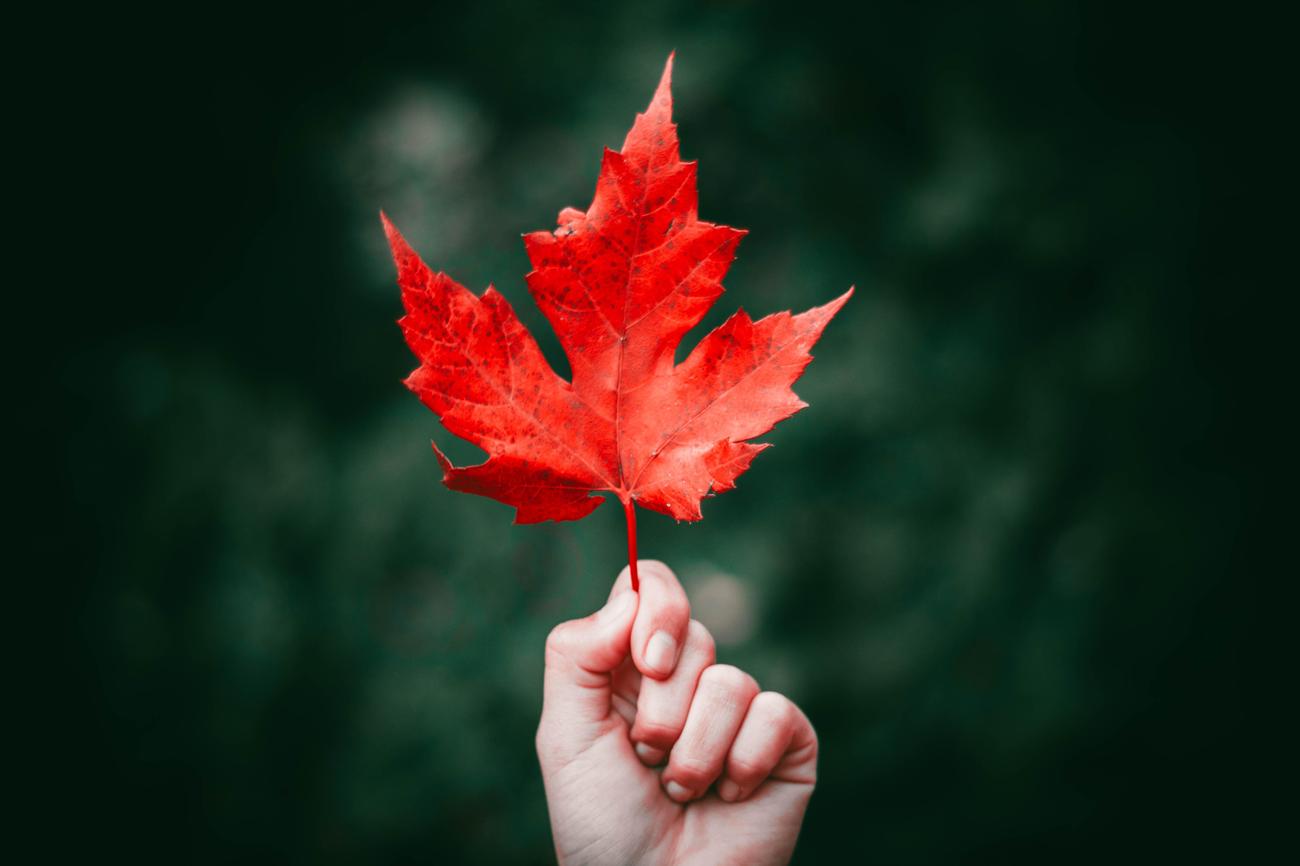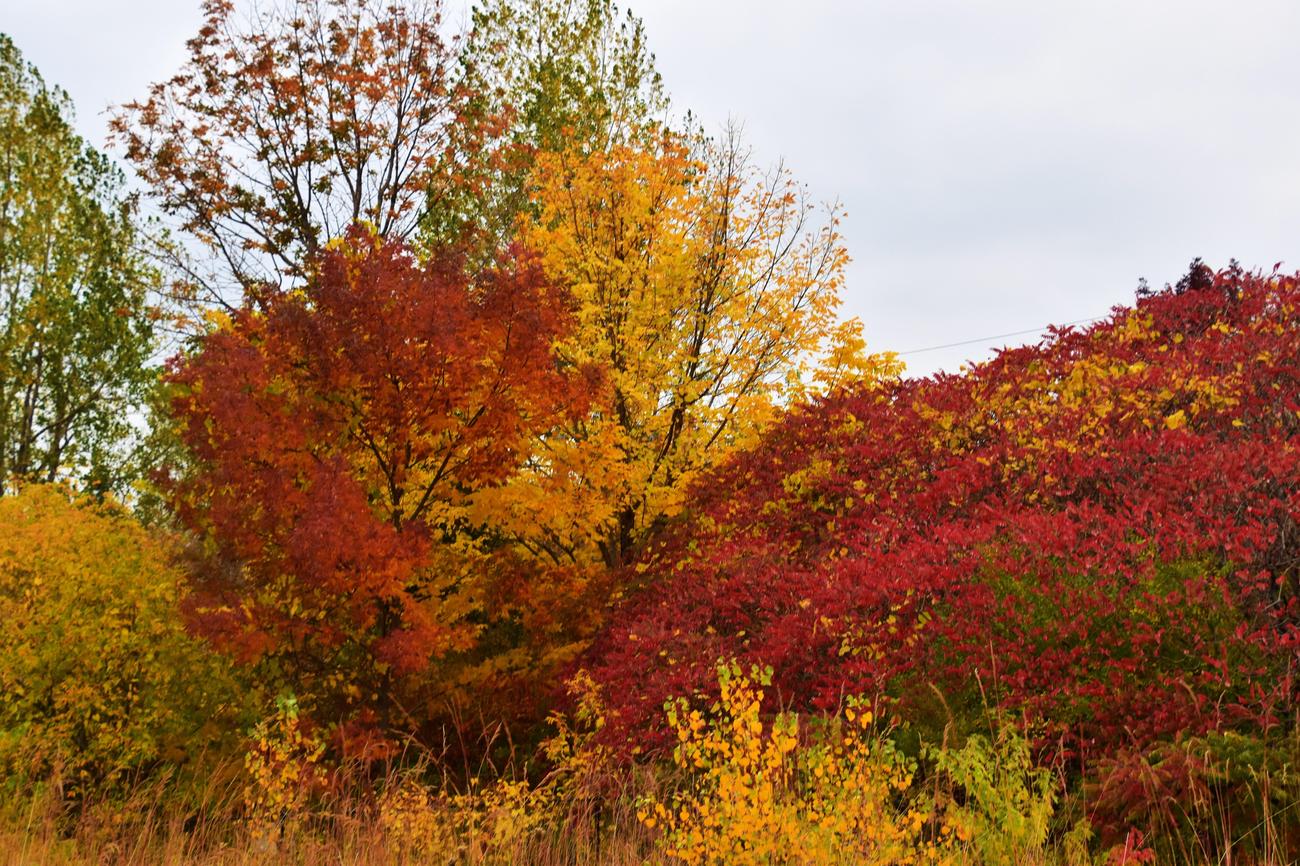Welcome to “Exploring the Symbolic Significance of Maple Trees: Nature’s Cultural Icons,” where we delve into the captivating world of maple trees and unravel their profound symbolism. As a seasoned horticulturist and nature enthusiast, I bring a wealth of experience and expertise to this article, aiming to shed light on what these majestic trees symbolize in various cultures and artistic realms. With my extensive knowledge of maple trees’ growth patterns, vibrant foliage, and their cultural significance, I invite you on a journey to discover the deep-rooted meanings that these timeless icons hold. From their enchanting presence in folklore and mythology to their representation in art and societal customs, let us venture into the symbolic realm of the iconic maple tree.

What Does a Maple Tree Symbolize?
Maple trees have long captivated our imaginations and held a special place in cultures around the world. Their majestic stature, vibrant foliage, and profound symbolism have made them true icons of nature. So, what does a maple tree symbolize? Let’s delve into the rich tapestry of meanings associated with these magnificent trees.
1. Love, Generosity, and Protection
The maple tree is a timeless symbol of love and generosity. Its sap, known as “liquid gold,” represents the nurturing and abundance that love can provide. In many cultures, the maple tree is also seen as a source of protection from negative energies and entities. It stands tall, offering a sheltering presence and safeguarding against harm.
2. Health, Healing, and Financial Abundance
Maple trees possess medicinal properties and are associated with health and healing. From their leaves to their bark, these trees have been used in traditional medicine to treat various ailments. Moreover, the maple tree symbolizes financial abundance, as its sap can be transformed into maple syrup—a valuable commodity known for its sweet and golden qualities.
3. Balance and Harmony of Energies
The maple tree represents the balance between masculine and feminine energies. Its sturdy trunk and branches signify strength and resilience, while its graceful leaves embody femininity and creativity. This harmonious union represents the interconnectedness and harmony of opposites, emphasizing the importance of balance in our lives.
4. Intuition, Creativity, and Inspiration
Just as the maple tree’s leaves change color with the seasons, it symbolizes the ever-changing nature of intuition, creativity, and inspiration. The tree’s ability to transform its foliage is a reminder of the vast potential within us to adapt, grow, and explore new realms of creativity.
5. Strength, Endurance, and Resilience
The maple tree’s strong and enduring nature makes it a symbol of strength and resilience. Its deep roots anchor it firmly in the ground, allowing it to weather the storms and challenges of life. Like the maple tree, we too can draw strength from our roots and overcome obstacles with unwavering determination.
6. Unity, Tolerance, and Pride
Maple trees are known to unite communities and foster a sense of togetherness. They are often found in parks and communal spaces, providing shade and a gathering place for people to connect. The maple tree symbolizes unity, tolerance, and pride, reminding us of the power of coming together and embracing diversity.
7. Renewal, New Beginnings, and Eternal Life
As the maple tree sheds its leaves in the autumn, it symbolizes renewal and new beginnings. The cycle of growth and transformation represents the continuous process of self-renewal and personal evolution. Additionally, in some cultures, the maple tree is associated with eternal life and abundance, reminding us of the cyclical nature of existence.
In conclusion, maple trees hold profound symbolic significance in our culture, touching many aspects of our lives. Their representation of love, protection, balance, creativity, strength, unity, renewal, and eternal life resonates deeply with our human experience. Let us embrace the wisdom and beauty of these magnificent trees, finding inspiration in their symbolism as nature’s cultural icons.
“The maple tree’s vibrant leaves, sturdy trunk, and deep roots serve as reminders of the profound symbolism it holds. From love and protection to balance and renewal, each aspect reflects a facet of life’s rich tapestry.”
Maple trees are amazing creatures of nature, and there’s so much to discover about them! Did you know that maple trees can live for over 100 years? Imagine all the wisdom they hold within their old trunks. If you’re wondering what other fascinating facts lie hidden within the world of maple trees, click here to uncover some fun facts about maple trees: fun facts about maple trees. You won’t be disappointed by the enchanting secrets that these majestic trees have to share. So, go ahead, click the link and let the maple tree magic mesmerize you!
All You Need to Know About Japanese Maples
[youtube v=”vdyxiaYIF8A”]
Japanese Maples, also known as Acer palmatum, are stunning trees that add beauty and elegance to any landscape. In this article, we will explore the various cultivars and growing habits of Japanese Maples, as well as their preferred conditions and pruning techniques.
Japanese maples are not native to North America, but rather to Japan, where they have developed numerous cultivars. All Japanese maples share a palmate leaf structure with five main lobes. However, they vary in growing habits, with some growing upright, outward, or in dwarf form. One popular variety is the Blood Good Japanese Maple, known for its brilliant red color, which is commonly seen in many landscapes.
These elegant trees are best suited for zones five to eight and prefer partial shade. Their ability to thrive in the understory makes them the perfect choice for adding scale and beauty to buildings and grounds. Additionally, their graceful arching branches make for an amazing focal point, especially when placed near a water feature or pond for reflection.
Pruning Japanese maples is best done in either winter or summer. Avoid pruning in spring when new leaves are emerging to prevent sap from flowing excessively. Winter pruning allows for a clear view of the tree’s overall shape, while summer pruning allows for precise foliage management.
Remember, a single, well-placed clip with bypass pruners can greatly enhance the overall shape of the tree. Pruning allows you to add character to your landscape and tailor the Japanese maple to fit your space perfectly.
To summarize, Japanese Maples are striking trees with unique cultivars and growing habits. They thrive in zones five to eight and prefer partial shade. These trees provide scale, beauty, and a focal point in any landscape. Proper pruning in winter or summer can help shape and maintain their desired appearance.
In conclusion, Japanese maples are a must-have for any garden or landscape, showcasing their beauty and adding a touch of elegance. Their various cultivars and growing habits allow for customization, and when properly pruned, they can truly transform any space. Whether you’re looking to add scale to a building or create a stunning focal point, Japanese maples are the perfect choice.
As you embark on your journey to create a breathtaking landscape, remember the importance of balance and renewal symbolized by these magnificent trees. Harness their strength, endurance, and resilience, and let them inspire you to adapt and grow. Let Japanese maples be a gathering place for your community, fostering unity and pride. Embrace the cyclical nature of existence, and let these trees be a symbol of new beginnings.
So go ahead, explore the world of Japanese maples and find the perfect one to enhance your outdoor space. You won’t be disappointed with the beauty and elegance they bring to your garden.

FAQ
Question 1:
What does a maple tree symbolize?
Answer 1:
The maple tree symbolizes love, generosity, and protection from negative entities. It is also associated with health, healing, financial abundance, and longevity. Moreover, the maple tree represents a balance between masculine and feminine energies, as well as intuition and creativity. Additionally, it is a symbol of strength, endurance, and resilience. Peace, harmony, unity, tolerance, and pride are also associated with the maple tree. Furthermore, it symbolizes renewal, a new beginning, eternal life, and abundance.
Question 2:
How is the maple tree connected to nature and the environment?
Answer 2:
The maple tree plays a vital role in the ecosystem as a provider of shade, habitat, and food. Its foliage provides shelter and sustenance for numerous animal species, including birds, insects, and mammals. The tree’s roots also help prevent soil erosion and contribute to water purification. Furthermore, maple trees enhance the aesthetic appeal of landscapes and contribute to a sense of tranquility and serenity in natural surroundings.
Question 3:
Are there cultural and historical references to the maple tree?
Answer 3:
Yes, the maple tree holds great cultural significance in various societies throughout history. It is often featured in folklore, mythology, and traditional stories. For example, in Japanese culture, the maple leaf represents beauty and is a symbol of autumn. In Canadian culture, the maple leaf is an iconic national emblem and symbolizes unity and tolerance. Additionally, Native American tribes have revered maple trees for their sap, which is used to create maple syrup, and consider them sacred symbols of strength and protection.
Question 4:
Can you tell us more about the symbolism of the maple tree in art and literature?
Answer 4:
The maple tree has been a recurring theme in art and literature across different cultures. Its vibrant foliage and striking appearance make it a popular subject for paintings, sculptures, and poetry. The tree’s symbolism in art often encompasses themes of beauty, harmony, and the cycle of life. In literature, the maple tree is frequently used to represent the connection between nature and human emotions, serving as a metaphor for personal growth, resilience, and transformation.
Question 5:
How can the symbolic significance of maple trees be applied in daily life?
Answer 5:
The symbolic significance of maple trees can inspire individuals to cultivate qualities associated with these majestic trees. Maple tree symbolism encourages expressing love and generosity, fostering personal and community healing, and seeking prosperity and longevity. It also promotes embracing both masculine and feminine energies, trusting intuition, and nurturing creativity. Adopting the resilience and strength symbolized by maple trees can help individuals overcome challenges and find inner harmony, peace, and renewal in their lives.
- Unlock Water’s Symbolism: A Cross-Cultural Exploration - April 20, 2025
- Identify Black and White Snakes: Venomous or Harmless? - April 20, 2025
- Unlocking Potential: Origins High School’s NYC Story - April 20, 2025















